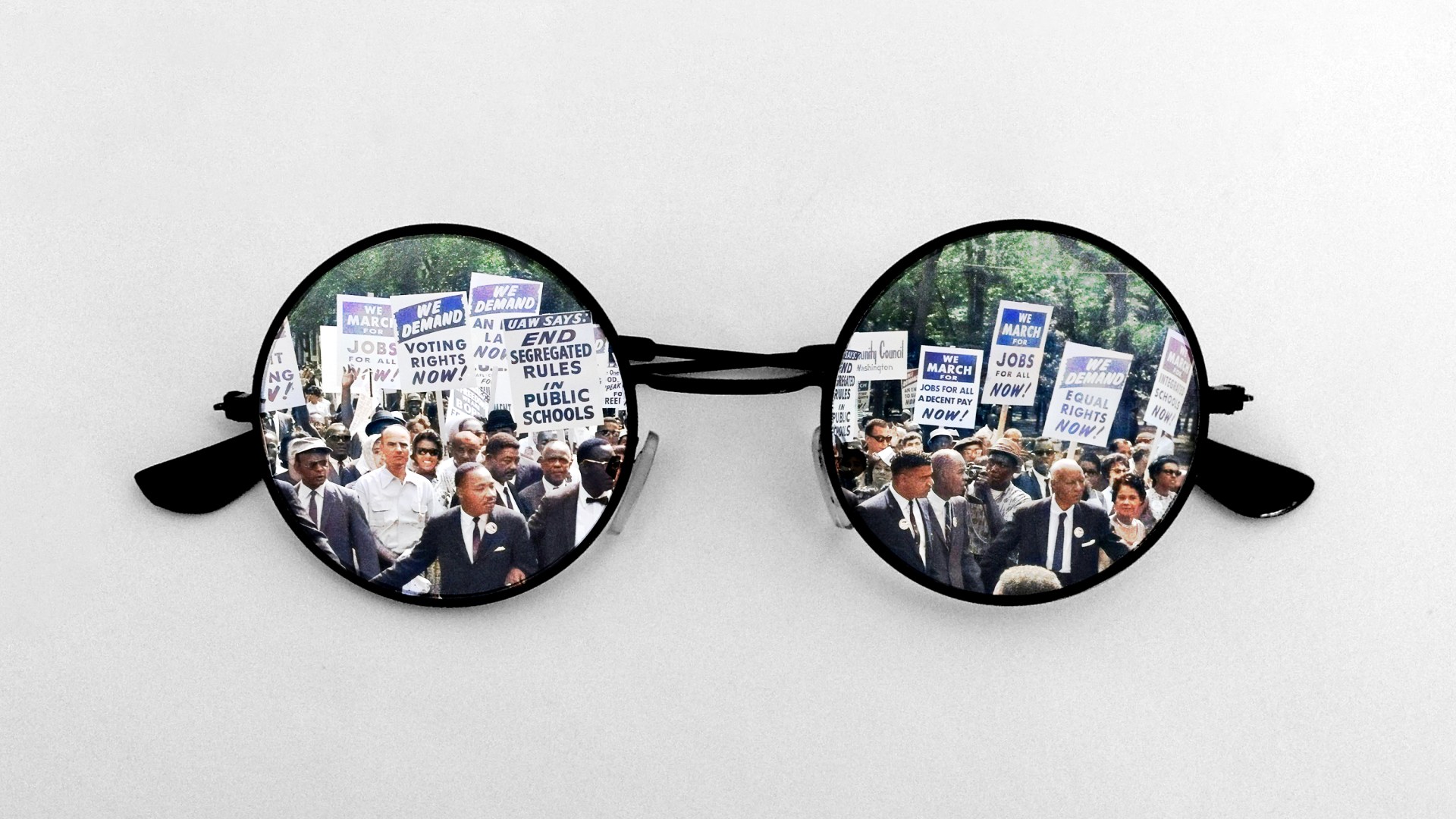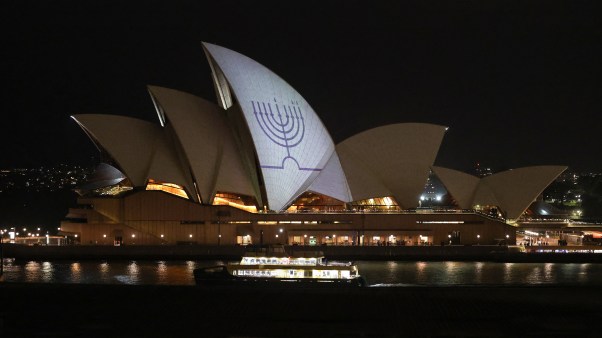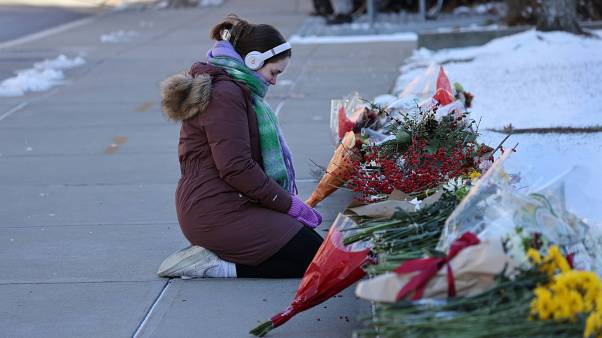When I was a college student, Black History Month came around and my church took the time to celebrate. People dressed in African garb, sermons addressed the struggles Black people everywhere faced, and the congregation took action steps to help marginalized people.
But my Bible college at the time did nothing. There were no school-sponsored events or presentations on this topic, and professors avoided the topic altogether. I sat in class, shifting uneasily between anger and sadness. I could not understand how a topic so important in one culture could be so completely ignored and buried in another.
Confused, I asked one of my white friends to explain why nobody acknowledged Black History Month. His response was like that of his colleagues. “I don’t see color,” he replied, delivering this line as if it were a mic-drop moment.
To him, it was a no-brainer. But what my friend failed to realize is that when Black and brown people hear the words “I don’t see color,” what we really hear is that our color—which makes us who we are—can be easily dismissed. It tells us that the way God created us is somehow invalid and that only without color are we worthy to be recognized and valued.
Every single time a white brother or sister says this to me, it makes me feel the weight of my ancestors’ mistreatment and suffering. Imagine telling people who wake up Black every single day that they live in a society that doesn’t see color—when every experience they have suggests otherwise!
And herein lies the problem. Because many white Christians have not witnessed racial injustice firsthand, they feel no need to discuss the topic.
The dialogue tends to go something like this: Yes, we know a lot of bad things happened in the past. That’s terrible, but every nation has its blind spots. Fortunately, America is different, and we have moved past all that. Sure, some people have certain advantages, but if you work hard enough and pull yourself up by your bootstraps, you should be able to get along just fine!
And for many, the conversation ends there.
Why talk about George Floyd, Ahmaud Arbery, Breonna Taylor, and so many others who have lost their lives at the hands of the racially violent? What good does it do to bring up “outlier cases” that do not represent what most of the population believes? Doesn’t this move our nation backward? Shouldn’t colorblindness be the goal of every American? Wasn’t that what MLK and others in the civil rights movement fought to accomplish?
This is something of a hot-button topic with me—I am bothered when I hear public figures or politicians quote King and then institute racist agendas that discriminate against the very people he sought to protect.
As Esau McCaulley points out, “King’s point was never that ethnicity and culture are irrelevant, but that they should not be the cause of discrimination.” And McCaulley rightly goes on to note in his book Reading While Black that “King often called on African Americans to take pride in their culture and heritage.”
Nowhere in Scripture does God present colorblindness as the ideal for his followers. In fact, the opposite is true. If there were a place where this might be a reality, it would be in heaven. But in John’s vision in Revelation 7:9, he looks and sees a “great multitude that no one could count, from every nation, tribe, people and language, standing before the throne and before the Lamb.”
Unfortunately, in some white Christians’ quests to avoid seeing color, they have become blind to the beautiful differences that make others unique.
To say to Black persons “I don’t see your color” is not only an obvious misstatement of fact but also a willful decision to ignore what makes them who they are. When someone says this to me, what I hear is that she does not see the generations of injustice and their impact on Black lives today.
To put it another way, one of the basic constructs of good exegesis is understanding the context of Scripture. You do not open the Bible and start speaking from Joel 2 without describing the backstory of the northern kingdom of Israel and the southern kingdom of Judah.
It’s impossible to celebrate the Israelites’ journey into Canaan without discussing their slavery in Egypt. In fact, the entire message of the Cross makes little sense without this historical context. Only if you acknowledge the Jewish people’s years of captivity and longing for a Savior does the Cross make sense.
To make this connection does not diminish the power of the Cross—it emphasizes it. Only then can we behold the larger picture of God’s work in human history. It makes books like the four Gospels, Acts, and Romans come alive.
When my white peers tell me they do not see color, I know they are not trying to be hurtful or intentionally calloused. Rather, they are responding through the lens of their own limited experience. Because their upbringing differs greatly from mine, they see my reality in a different light. They did not grow up in the Black community, attend a Black church, or sit down beside Black grandparents.
Yet this lack of understanding can cause unspeakable division. Ignoring a person’s historical shaping is like intentionally pushing someone away; there is no close connection without it, and the relationship will always remain surface-level.
If you are white, you might think to yourself, Terence, this conversation feels a bit lopsided. It seems like you go out of your way to point out the problems in white churches while ignoring the issues in Black churches. I hear you, and I would be the first to point out that I have had more than a few white professors and colleagues over the years that I have learned from and gleaned support and encouragement.
However, the reason my appeal might seem tilted is because the conversation itself rests on a slanted foundation. For example, if I speak to a room full of white people and ask them to name some of the ways Black people have been marginalized, I receive a series of quick responses: “slavery,” “slave patrolling,” “Jim Crow,” “Black shootings,” “segregation,” “the War on Drugs,” “mandatory minimums,” and so forth.
But when I flip the question and ask for ways Black people have historically discriminated against white people, the room grows quiet. And when I mention this discrimination, I am talking about having the power to do structural and systemic harm to those who are predominantly white.
The reason for this can be summarized in a single word: power. Like it or not, in many social, political, and religious communities, white people have held the power in the United States—and in many ways, they still do. If racial healing is to occur, it will require confronting this truth and laying that power down.
This looks like white pastors treating their Black brothers and sisters as equals and centering Black, indigenous, and people of color—elevating their voices, experiences, histories, and the ways they have helped shape this country. It means refusing to reframe the conversation in a way that appeals to white audiences. It involves being true to the minority narratives that are often overlooked by the dominant ones.
Public conversations and panel discussions at churches are all very well. Unfortunately, the power dynamic of these conversations is often tilted. How many times have we seen racial reconciliation conversations happen when white leaders invite a Black or brown person to speak on their terms, using language that makes their congregations feel comfortable? I have been a part of these conversations, and I cannot even begin to express the emotional trauma I have carried away from them.
This needs to change. When we look at the New Testament and the divide between Jewish and Gentile believers, it was the gospel that bridged that gap. And when Peter and other Jewish leaders stumbled due to their cultural and ethnic biases (Gal. 2:11–21), it took Paul stepping up to put them back on the right path. This is what needs to happen in churches today: We must confront the issues right before our eyes in a way that is healthy.
As someone who speaks out against social, economic, and racial injustice, I am used to discussing topics that make others feel uncomfortable. But understanding these topics comes only through meeting people where they are.
Several years ago, I spent a week living on the streets among those experiencing homelessness in Atlanta. On another occasion, my family allowed me to live on the streets for a month and a week. Even though I had already experienced homelessness, I chose to live unhoused to advocate on behalf of the unhoused to get them access to more resources in the city. I entered this time with some trepidation, scarcely sleeping a wink the night before.
Part of me knew what to expect: cold nights with little food or other resources at my disposal. That said, I was unprepared for the conversations and public stigmatization I experienced. Businesspeople who would have previously said “Good morning” suddenly crossed the street to steer clear of me and my new friends.
Both experiences lasted a month and a half combined, and they changed me. I wasn’t up in an ivory tower, philosophizing about how to end homelessness in Atlanta. Instead, I went down to where the people were and did life with them. I listened to their concerns and experienced their pain. My time among those experiencing homelessness shifted my viewpoint more than any conversation could.
And although class and race are two different things, in both realms there is something life-changing about drawing near to someone’s unique life experience and standing in solidarity. It would be life-changing for the white church to get close to matters of racial justice. If you want to be part of the healing process in the church, you must start by being comfortable with awkward conversations.
Opening ourselves up to the hurts of others, hearing their stories and what it’s like to walk in their shoes, not only changes us but also starts us on a path of doing the real work. We live in a time when it is critical to not rely on hearsay about any community. Instead, we must get to know that community, particularly those who are hurting, and come close enough feel their pain. In doing this, we learn that each one of God’s children has a unique story to tell.
If we are committed to practicing solidarity, this is the work we must do. As Dr. Christina Edmondson says in Faithful Antiracism, the book she coauthored with Chad Brennan, being a faithful antiracist means living and “working against the forces that sustain racism.”
Working against racism isn’t like chopping down a tree, where one focused act of exertion can bring the entire structure to its knees. Instead, being a faithful antiracist is more like being a vigilant gardener. It’s a commitment to careful nurturing and a daily determination to remove any weeds that might rear their ugly heads.
The way we understand someone’s historical shaping is by decentering ourselves and remembering the universe does not revolve around us. It’s about not allowing our narrative to dominate the space such that someone else’s storyline or history becomes a footnote. It’s about learning how to be with people and be immersed in their lives so that we can learn a new narrative.
Adapted from the forthcoming title All God's Children: How Confronting Buried History Can Build Racial Solidarity by Terence Lester. ©2023 by Terence Brandon Lester Used by permission of InterVarsity Press. www.ivpress.com.












